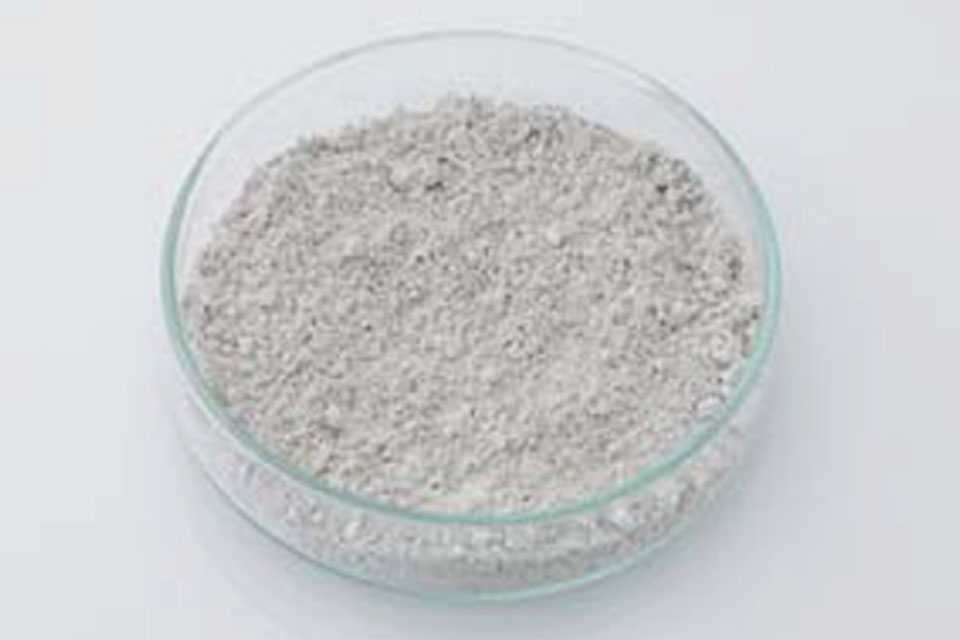White Electro-conductive Materials

“Antimony-free” trend
With growing calls for reducing environmental loads, the shift from solvent-based coatings to water-based coatings is now underway as part of efforts to reduce CO2 emissions.
At the same time, it is regarded as especially important to propose antimony-free new material.
[Conductivity]
The product is antimony-free but has the same level of conductivity. The Mitsubishi Materials Corporation’s proprietary technology allowed it to achieve the same level of conductivity under an antimony-free condition, which had been difficult to achieve before. It is possible to impart not only temporal conductivity but also semi-permanent conductivity.
[Hiding power]
The hiding power, degree of whiteness, and tinting power are high. The W-4 is superior in the hiding power, degree of whiteness, brightness, and tinting power. We were able to reduce the previous blue-gray tone.
[Antimony-free]
High anti-static performance when used in coating agents and compounds. In addition to white coating agents and compounds having the anti-static function, it is possible to create anti-static materials colored in a variety of colors by mixing with pigments and dyes. This product can also be of some help in taking measures against annoying static electricity.
Existing product: W-1
Titanium oxide/Tin-antimony oxide
New product: W-4
Titanium oxide/Tin oxide
Antimony-free
Opening hours are from 9:00 to 17:30 every weekday.